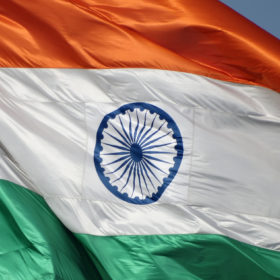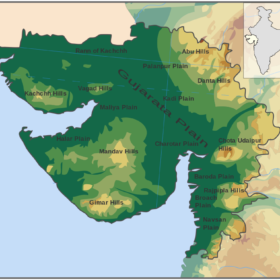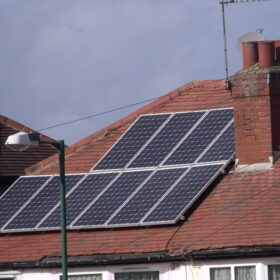Study explores feasibility of North India’s renewables transition
The region could, by 2050, cut greenhouse gas emissions from power, heat, transport and desalination which are expected to add up to more than 825 metric tons of carbon dioxide equivalent this year. Such a transition could be perfectly possible, technically and financially.
Maharashtra utility seeks installers for 25 MW of solar rooftops
The state electric company has issued a call for expressions of interest in installing the residential arrays.
CSIR-CMERI Durgapur, NISE sign pact on solar research and capacity building
The CSIR-Central Mechanical Engineering Research Institute (CMERI), Durgapur, which has expertise in the design and development of solar artifacts for multifaceted uses, and the National Institute of Solar Energy (NISE), Gurugram, will conduct joint field studies for different solar technologies and work towards skill and capacity building.
CEL tenders distributed solar on farmland in Rajasthan
Central Electronics Limited has invited bids to install distributed, grid-connected PV systems for solarization of existing agriculture pumps in Tonk district. Bidding closes on September 19.
CSIR-CMERI installs world’s largest solar tree
The Internet of Things (IOT)-enabled solar tree—using 35 solar PV panels with a 330 Wp capacity each—is especially useful for the agricultural community in providing electricity for high-capacity water pumps, e-tractors and e-power tillers. It can also allow precision agriculture through IoT-enabled features such as real-time humidity, wind speed, rainfall prediction, and soil health monitoring.
Odisha invites EoI for Konark solarization
Manufacturers and integrators of solar-based drinking water kiosks, solar trees, solar street lighting systems, and e-rickshaw charging infrastructure can submit their interest by August 29.
EESL opens tender for 279 MW ground-based solar in Maharashtra
Bids are invited to install solar power generating systems ranging from 2 MW to 10 MW at various locations in Maharashtra. Bidding closes on September 25.
Fourth Partner Energy raises US$15 million from Swiss investor responsAbility
The Hyderabad-headquartered developer will utilize the debt funding towards construction of upcoming projects for its clients as it aims to add around 350 MW capacity across both open-access and distributed solar portfolios this fiscal year.
India installed 7.6 GW of solar in the last fiscal year, and plans another 8 GW by April
Some 5.9 GW of utility scale PV generation capacity was added in 2019-20, plus 1.7 GW of rooftop solar, with domestic module manufacturers enjoying around 40% of the market.
Gujarat extends solar power policy till December 31
The state’s Solar Power Policy 2015 was due to expire since April 1, 2020. With a 9-month extension, solar power plants installed and commissioned till December end become eligible for the benefits and incentives declared under this policy.















